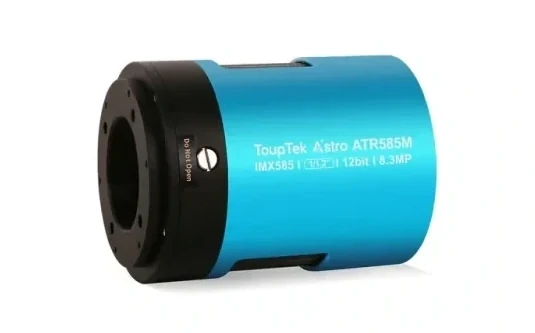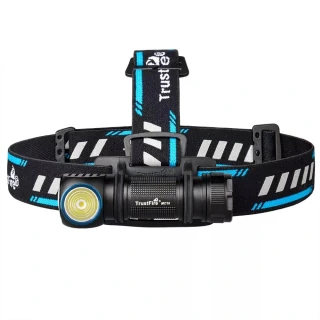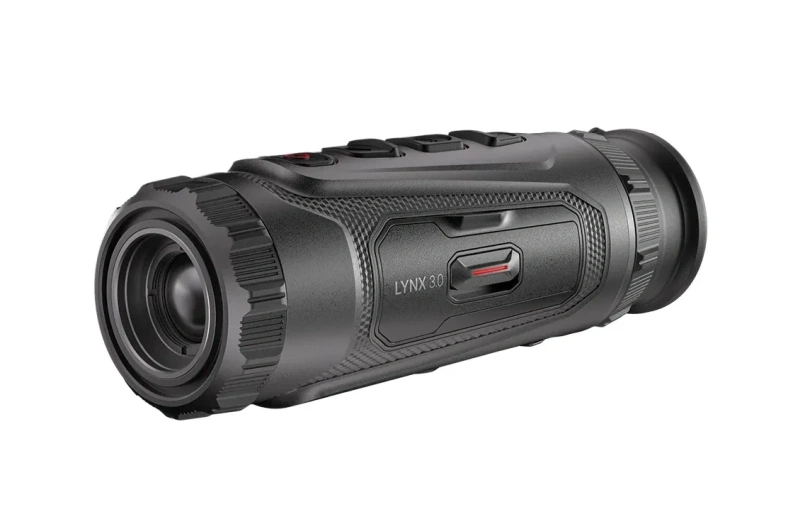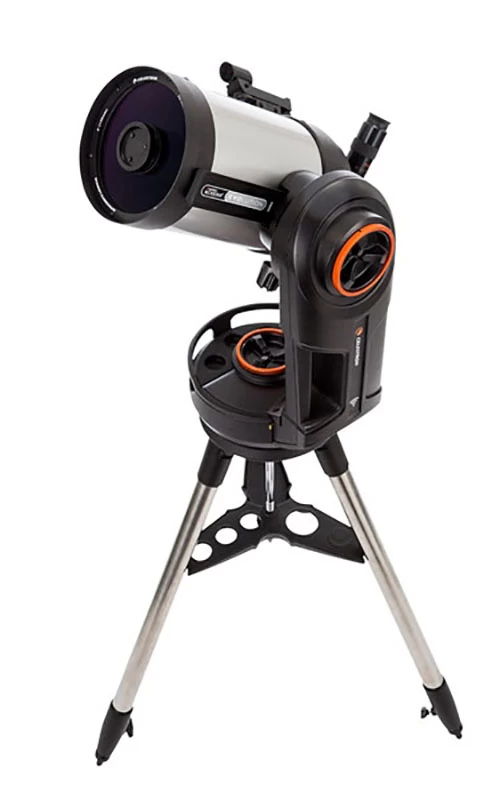"The most user-friendly telescope ever" - that's how the Celestron NexStar Evolution series is described, a significantly improved version of the NexStar SE telescopes that have become so popular overseas. It was designed for maximum portability and ease and comfort of use. The smallest member of the series is a high quality 150 mm Schmidt-Cassegrain telescope, which is an ideal choice for the mobile amateur astronomer due to its extremely compact size and easy portability.
The Celestron Nexstar Evolution series is the first conventional Schmidt-Cassegrain telescope to feature a built-in wifi adapter. So now there's no need for a wired handheld - although that's of course a standard accessory - you can download Celestron's own free planetarium app on your Android or iOS smart device and set up your GoTo in minutes using the SkyAlign technology built into the app. This is a particularly useful feature for beginners, as you don't need to know the names and locations of the stars, simply set three bright stars to learn the mount. You can then tap the touchscreen and Evolution will readily lock onto the objects you've chosen. Celestron's NexStar Evolution database stores data on nearly 40,000 objects and can be pointed at any one of them.
A significant development is that instead of using replaceable batteries or an external power source, engineers opted for a built-in power supply. Thanks to the rechargeable lithium-ion battery, you can observe for up to 10 hours in a row. In addition, the system automatically switches to power-saving mode when the charge is low. Other benefits of the Evolution series include manual clutches that allow manual movement of the tube and two eyepiece trays with space for 7 eyepieces in total. The company's proprietary StarBright XLT coating significantly increases the telescope's light-harvesting capability and also improves the contrast of the image seen.
Thanks to improved motors and controls, tracking celestial objects has become so accurate that bright deep sky objects (such as the Orion Nebula) can be captured in azimuthal mode using our DSRL camera. Long exposure astrophotography is also possible with the optional Pro HD equatorial wedge.
A Starpointer viewfinder, two Plössl eyepieces (40mm and 13mm) and a 1.25-inch zenith mirror are also included in the basic package.













































